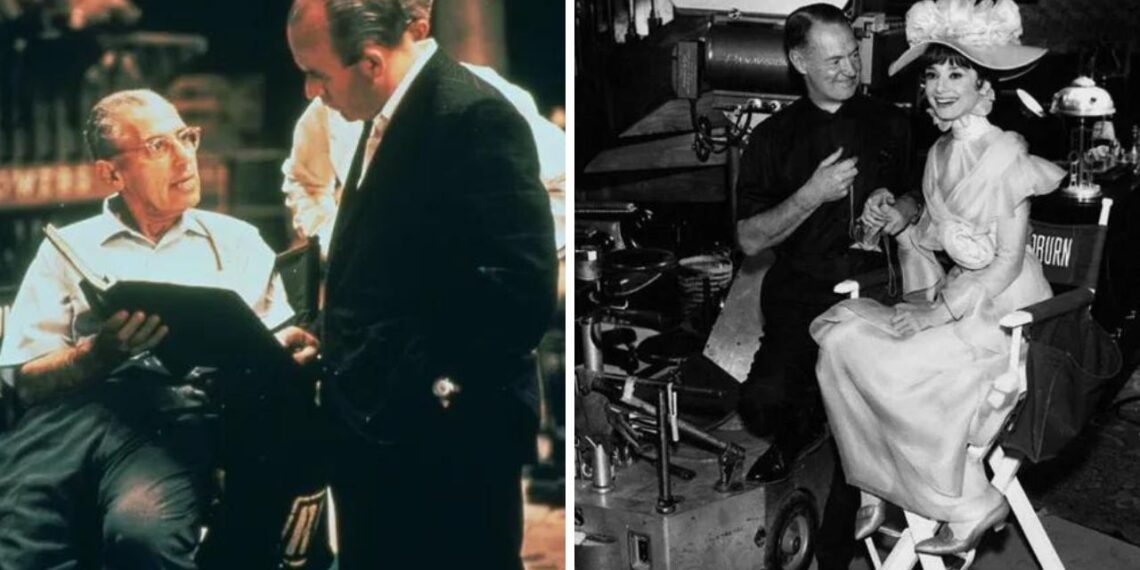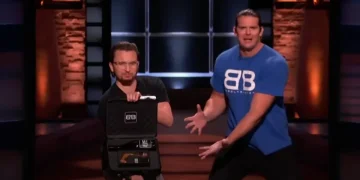My Fair Lady is a 1964 film musical ready-made for family viewing. Professor Higgins, played by Rex Harrison, is the bachelor who is an expert in phonetics and who comes across a common flower girl whose language is as common as can be.
Higgins ends up making a bet with his newfound friend, Colonel Pickering, that he, using his expertise in phonetics, could pass off this ordinary girl as a Duchess. He boasts that if only he were left to apply his knowledge, teaching her how to speak like a Duchess, people invariably would consider her to be a Duchess.
Professor Higgins holds that people are imprisoned by their speech, their class being evident the moment they open their mouths. Thus, if only one were to speak properly, one would be accepted among a higher, more affluent class. So, Colonel Pickering, having called the professor’s bluff, the experiment and the bet get underway.
Plot
The flower girl, Eliza Doolittle, is tutored night and day and works to the point of exhaustion. The Battle of Wills between Miss Doolittle and Professor Higgins is quite remarkable. The standout performance is that of Rex Harrison, whose abrupt, blunt, curmudgeonly professor who doesn’t care one jot for anyone’s feelings is just magnificent.
The moment when, at last, the penny drops and Eliza Doolittle comprehends and begins to enunciate as he wishes is quite sublime.
As with so much in this film, it is immediately met with a musical number. Set pieces in this film musical are of an exceptionally high standard. So, as young Miss Doolittle is still giddy from her achievement, she breaks into yet another memorable tune.
With Miss Dolittle progressing in her training, she gets to appear at the races at Royal Ascot. This scene, in particular, borrows heavily from the theatre production, with many of the ladies’ costumes being stylized and coordinated in black and white for effect.
Among all this splendor, Audrey Hepburn emerges a veritable vision. Naturally, not yet fully trained, Eliza Doolittle gets it all wrong. But she makes sufficient an impression to have a young man fall in love with her.
The entire movie is a Tour de force. Miss Doolittle’s reprobate father, who has never yet done an honest day’s work in his life, will even go so far as to sell her to Professor Higgins if only to provide him with sufficient drinking money for some time.
The story soon enough leads to miss too little, rising to the challenge of appearing at the Embassy Bowl, where she dazzles everyone. One expert even concluded that she is a Princess of Royal blood. But if many would think that would be the finale, it is nearly the conclusion of the bet between Professor Higgins and Colonel Pickering.
For Eliza has been awakened, made aware of the horizons she never knew existed. Invariably, she craves recognition as the person she has now become from none more so than from Professor Higgins, but to him, she is still that ordinary flower girl.
Filming Locations
The entire movie, “My Fair Lady,” was shot in the United States, primarily in California. Filming began on August 13, 1963, and ended on December 18, 1963. The state of California has been home to a vibrant cinema culture since the early 1900s. The majority of the movie’s filming took place inside studio spaces with elaborate sets.
The home that inspired George Bernard Shaw’s “Pygmalion,” which became the musical “My Fair Lady,” was up for sale for $21.8 million. Situated in Marylebone, London, on Upper Wimpole Street, this six-story, late Georgian townhouse, which is Grade II listed, features four reception rooms in addition to ten bedrooms.
In the movie, the Professor’s family is given a very masculine undertone, which is represented by deeper colors.
Château de Groussay, an opulent chateau in the French town of Montfort-l’Amaury, served as inspiration for a large portion of the library of Henry’s home, where a large portion of the movie story takes place. Gene Allen, Cecil Beaton, and George Hopkins won an Academy Award for Best Production Design thanks to their extravagant art direction, which attracted a lot of attention.
The entire movie was filmed at Warner Bros. Studios, Burbank, which is located at 4000 Warner Boulevard, Burbank, California. Six studio stages—namely, 4, 7, 8, 11, 16, and 26—were used to film “My Fair Lady.” Stage 16, with its 2-million-gallon water tank and height of 98 feet above the earth, is regarded as one of the biggest stages in the entire world.
The studio’s backlot, which includes well-known sets including Hennessy Street, Midwest Street, and New York Street, was also used for the movie. The movie features Hennessy Street in particular, which is one of the studio tour’s main attractions.





